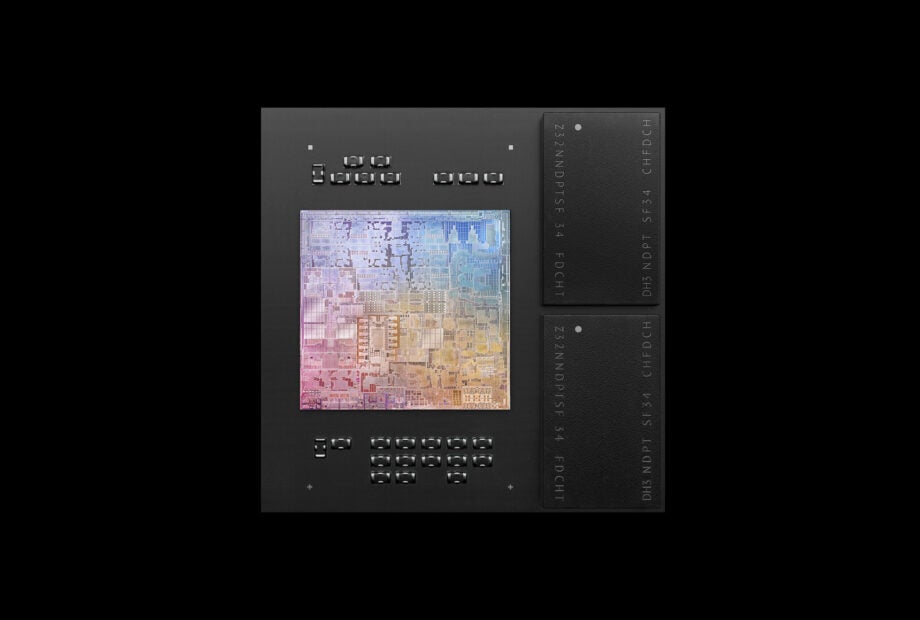What is unified memory? Apple’s memory architecture explained

Apple’s unified memory architecture is an all-important specification used across its Macs now, ever since the transition to Apple Silicon. But what exactly is it? Here are the basics of unified memory.
Apple’s move from using separate CPU, GPU and RAM components on MacBook devices and Mac desktops went away with the shift away from Intel and AMD components that it previously used.

Apple Music
Apple Music gives you access to over 100 million songs and 30,000 playlists, ad-free. Listen online or off, across all your devices, and hear sound all around in Spatial Audio with dynamic head tracking. You can now try 1 month for free!
- Apple
- Get 1 month free
- £10.99 p/m
The new Apple Silicon introduced “unified memory” as the key memory resources for the computing processing and graphical processing cores on Macs. All may not still be clear, and that’s why we are here. Read on for what you need to know about unified memory.
What is unified memory?
Unified memory is the high-bandwidth and low-latency memory featured on Apple’s M-series of chips. The memory architecture brings together the memory resource available for both the CPU and GPU. This would traditional by split between RAM and vRAM respectively.
Instead, the CPU and GPU cores can access the same memory from the same resource avoiding the needs for data to be communicated between different memory locations. The result is improved performance and efficiency.
Like RAM and vRAM, the amount of unified memory in your device plays a key part in its performance. It is quickly accessed when the CPU and GPU cores are carrying out a task and, the more you have, the more complex and demanding loads can be performed e.g. multi-tasking and graphically-intensive work. If the unified memory is fully occupied, the CPU and GPU cores will then resort to slower methods to complete tasks, such as utilising the SSD storage or waiting until capacity is available within the unified memory.
The amount available to Mac users is fixed at your point of purchase. Unlike upgradeable RAM and the ability to upgrade vRAM by getting a new GPU, the memory on Apple Silicon chips is non-upgradeable. The lowest capacity of configuration available to those purchasing a Mac is 8GB, with that being the entry point on Mac Mini, iMac and MacBook Air devices. Each device has a limit of how much you can have but the maximum available on any Mac is now up to 192GB on the Mac Pro (2023), with many increments available in the large range between 8GB and 192GB.
FAQs
The amount of unified memory you need is entirely dependent on your workload, whether its basic productivity needs up to significantly demanding creative tasks. For productivity, 8GB/16GB should suit your needs. For creators, 32GB and above is recommended.
RAM is available at many different speeds and many different capacities, so a direct comparison to unified memory is difficult. However, Apple’s transition to using unified memory instead of a separate RAM module has seen a significant improvement in performance and efficiency on its Macs.







